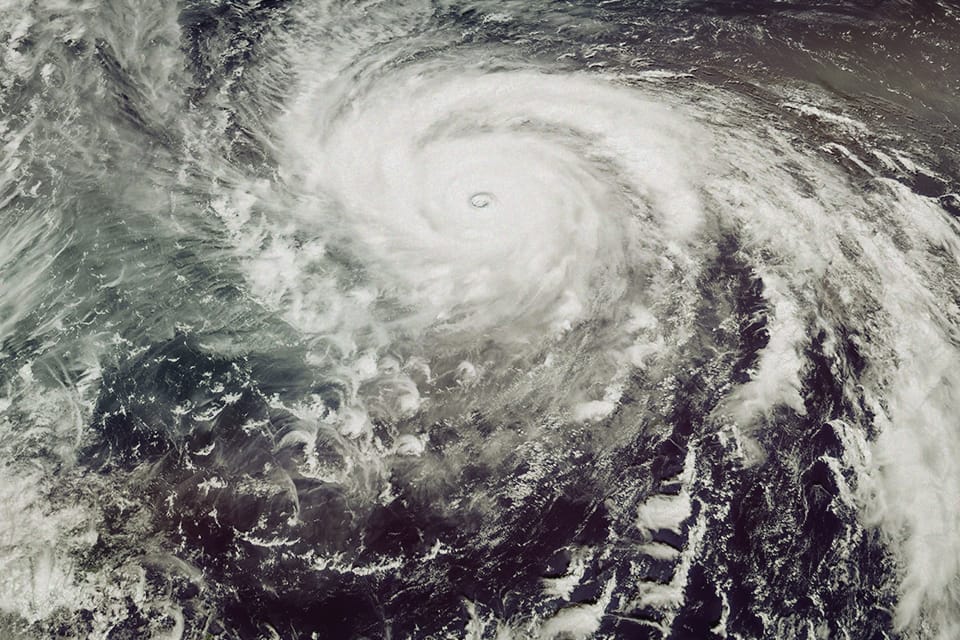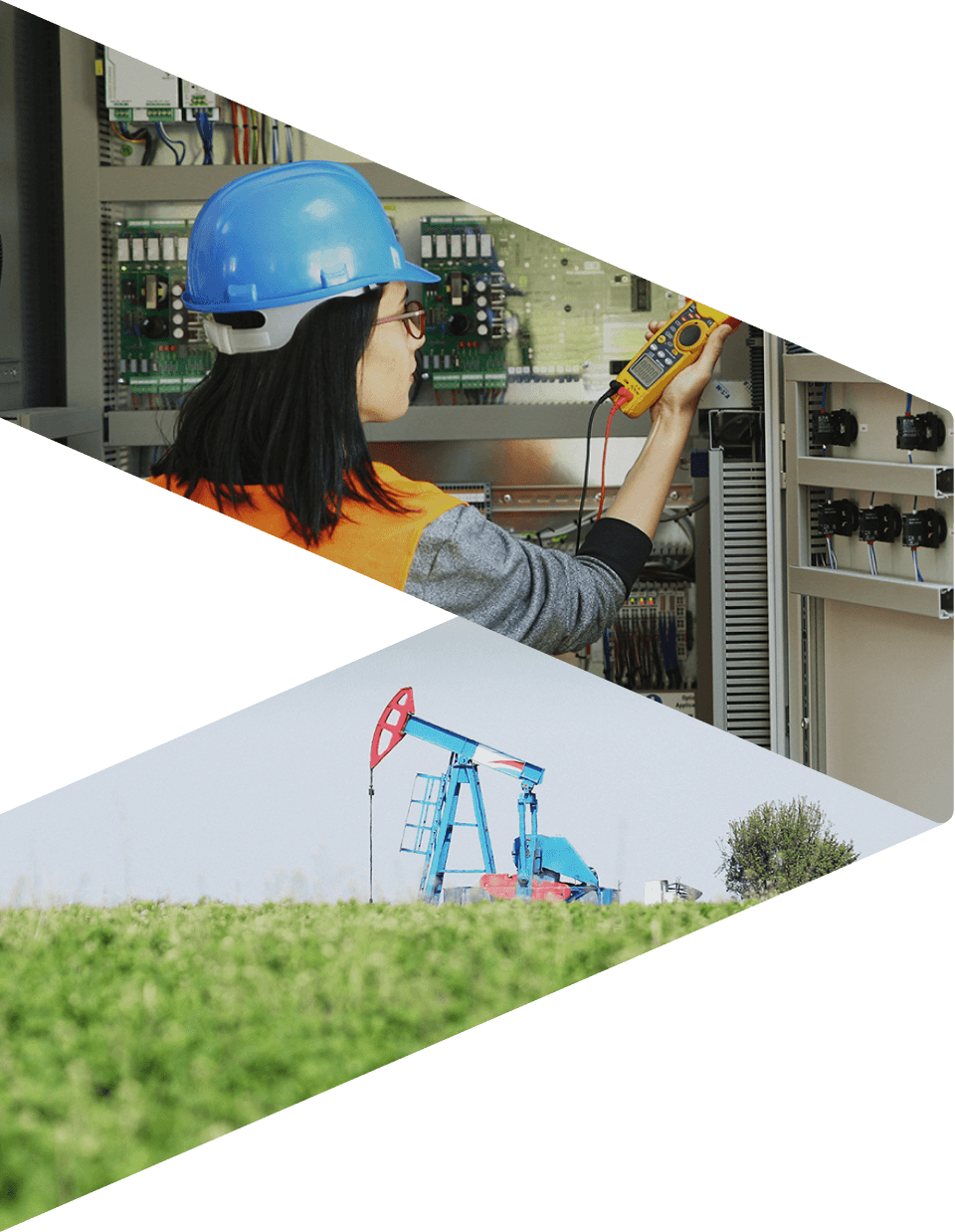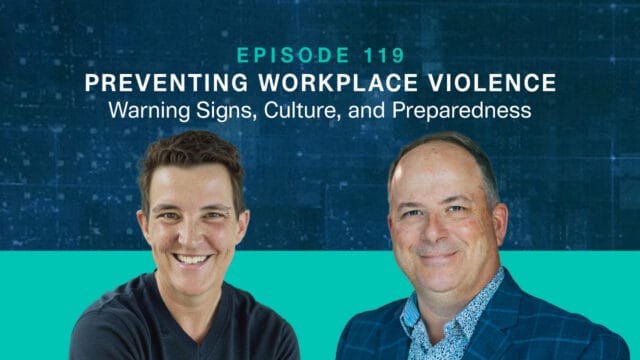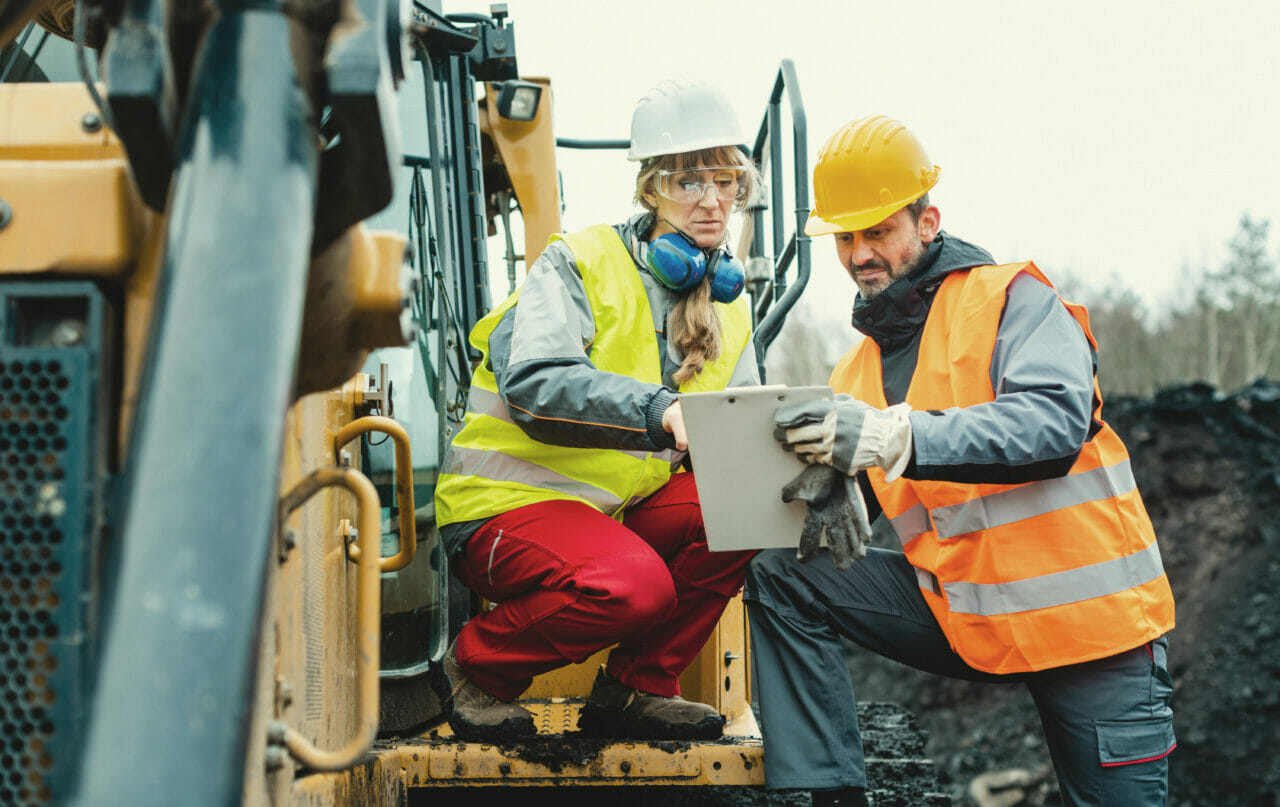
Hurricane Season: Why Workers and Companies Must Be Prepared

“And I cut off from the world, remain, alone with the terrible hurricane.” – Jose Maria Heredia
As a safety professional with over 20 years of experience in disaster response, I’ve seen the havoc that hurricane season can unleash. With the National Oceanic and Atmospheric Administration (NOAA) forecasting an above-average Atlantic hurricane season in 2025, the time to prepare is now; not when skies turn dark or winds begin to roar.
NOAA’s outlook for 2025 predicts a 60% chance of an above-normal hurricane season, a 30% chance of a near-normal one, and only a 10% chance of a below-normal season. The forecast includes 13 to 19 named storms, six to 10 hurricanes, and three to five major hurricanes (Category 3 or higher). These numbers aren’t just statistics. They are a clear call to action for businesses and workers alike.
A Personal Reflection: Hurricane Katrina
It’s been two decades since Hurricane Katrina struck the Gulf Coast. I was living in New Orleans when it hit. It wasn’t just the levees that failed. It was our illusion of being prepared. We had a basic emergency plan, but it lacked coordination, depth, and most of all, communication.
I remember Michael from St. Bernard Parish. He stayed behind to secure his home and check on elderly neighbors. When the levees broke, his neighborhood flooded. He died in his attic, trying to escape rising water. So did 163 others in the parish. His body was found weeks later. The survivors endured trauma that can’t be measured. Every home and job was lost. It took years to recover physically. Some never recovered emotionally.
We learned the hard way that preparation isn’t optional, it’s essential.
Why Hurricane Preparedness Matters
Hurricane season doesn’t just affect coastal cities. The damage, including flooding, power outages, and supply chain disruptions, can reach far inland.
For example, Hurricane Ida made landfall in Louisiana in 2021. It became one of the state’s most damaging storms. But its effects didn’t end there. The remnants triggered tornadoes and historic flooding in the northeastern U.S., including Philadelphia. There, power outages, closed highways, and flash floods led to four deaths.
The consequences for businesses can be severe:
- Injury or loss of life
- Damage to property and equipment
- Prolonged business interruptions
- Loss of data and records
- Financial and reputational harm
Workers in oil and gas, construction, manufacturing, and emergency services face particularly high risks. Personal safety matters as much as workplace readiness.
How Companies Can Prepare for Hurricane Season
A strong Business Continuity Plan (BCP) is the foundation of hurricane season preparedness. Here are key steps every company should take:
1. Conduct Risk Assessment and Impact Analysis
Identify your critical assets and operations. Understand how a hurricane could affect supply chains, IT systems, and customer service.
2. Build a Detailed Emergency Plan
Include evacuation procedures, shelter-in-place instructions, communication strategies, and roles and responsibilities. Tailor the plan to your facility’s specific risks.
3. Protect and Back Up Data
Back up all critical data offsite or to the cloud. Regularly test recovery systems under real-world conditions.
4. Secure Your Physical Assets
Reinforce buildings, elevate electrical systems, and secure loose equipment. Use sandbags or flood barriers in vulnerable areas.
5. Train Your Employees
Hold regular drills and training sessions. Everyone should know how to respond, where to go, and who to contact during an emergency.
6. Set Up Communication Protocols
Use multiple methods including text, phone trees, emails, and apps to communicate with staff before, during, and after a storm.
7. Coordinate with Local Officials
Monitor updates from NOAA and local emergency management. Align your company’s plans with community evacuation routes and alerts.
8. Review and Update Insurance
Ensure your policies cover hurricane-related damages. Business interruption and flood insurance often require separate policies.
What Workers Can Do to Stay Safe This Hurricane Season
While companies play a key role, personal preparedness is just as important. Here’s how employees can get ready for hurricane season:
1. Make a Family Emergency Plan
Know your evacuation routes. Pick meeting points. Make sure everyone in your household understands the plan, including pets.
2. Build a Supply Kit
Pack water, non-perishable food, medications, flashlights, batteries, a first-aid kit, important documents, and extra cash.
3. Stay Informed
Sign up for emergency alerts. Monitor NOAA weather updates. Keep a battery-powered or hand-crank radio on hand.
4. Get Your Home Ready
Secure loose objects. Trim trees. Install storm shutters. Know how to shut off gas, water, and electricity if needed.
5. Fuel Up and Charge Devices
Fill your gas tank and charge phones, laptops, and backup batteries well ahead of the storm’s arrival.
6. Check on Neighbors
Support those who are elderly, disabled, or live alone. A connected community is a safer community.
Don’t Overlook the Human Toll
One critical but often forgotten part of hurricane season is the emotional impact. Disasters take a psychological toll. As safety professionals, we need to look beyond physical safety and support mental health as well.
Encourage open communication. Provide access to employee assistance programs. Foster a workplace culture of resilience and care.
After all, it’s not just about surviving the storm. It’s about helping people recover afterward.
Final Thoughts on Hurricane Season Preparedness
The 2025 hurricane season is expected to be active. But the good news is that we’re not helpless. With proper planning, training, and communication, businesses and workers can reduce risks and protect lives.
We must learn from past disasters like Hurricane Katrina. Preparation shouldn’t be a last-minute scramble. It should be an ongoing commitment to safety, continuity, and care.
As the saying goes, “hope is not a plan.” Let’s ensure that every worker and every business has more than hope this hurricane season.
About the Author
James A. Junkin, MS, CSP, MSP, SMS, ASP, CSHO is the chief executive officer of Mariner-Gulf Consulting & Services, LLC and the chair of the Veriforce Strategic Advisory Board and the past chair of Professional Safety journal’s editorial review board. James is a member of the Advisory Board for the National Association of Safety Professionals (NASP). He is Columbia Southern University’s 2022 Safety Professional of the Year (Runner Up), a 2023 recipient of the National Association of Environmental Management’s (NAEM) 30 over 30 Award for excellence in the practice of occupational safety and health and sustainability, and the American Society of Safety Professionals (ASSP) 2024 Safety Professional of the Year for Training and Communications, and the recipient of the ASSP 2023-2024 Charles V. Culberson award. He is a much sought after master trainer, keynote speaker, podcaster of The Risk Matrix, and author of numerous articles concerning occupational safety and health.




